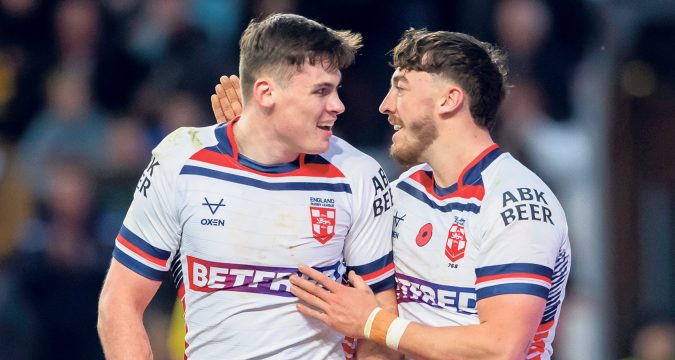 It's been a long time between drinks when it comes to celebrating an Ashes series victory over Australia, but beyond champagne corks popping at Headingley on 9th November, what other benefits would such a success for England bring for rugby league?
CAN YOU imagine how it might feel? Waking up on the morning of Sunday, 9th November with the slow da
It's been a long time between drinks when it comes to celebrating an Ashes series victory over Australia, but beyond champagne corks popping at Headingley on 9th November, what other benefits would such a success for England bring for rugby league?
CAN YOU imagine how it might feel? Waking up on the morning of Sunday, 9th November with the slow da What would an Ashes series win do for English rugby league?
 It's been a long time between drinks when it comes to celebrating an Ashes series victory over Australia, but beyond champagne corks popping at Headingley on 9th November, what other benefits would such a success for England bring for rugby league?
CAN YOU imagine how it might feel? Waking up on the morning of Sunday, 9th November with the slow da
It's been a long time between drinks when it comes to celebrating an Ashes series victory over Australia, but beyond champagne corks popping at Headingley on 9th November, what other benefits would such a success for England bring for rugby league?
CAN YOU imagine how it might feel? Waking up on the morning of Sunday, 9th November with the slow da 